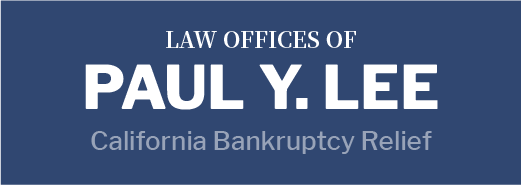
The automatic stay is immediate and automatic
As the name implies, the automatic stay is automatic and there is no court order needed. As a result, your creditors have no way of preventing it from going into effect. When you file bankruptcy, your case will be given a number. That case number is all you need to give to any creditor – include the lender trying to repossess your vehicle – for them to stop all collection actions.
You must notify your creditors that you’ve filed for bankruptcy
Either you or your bankruptcy attorney will need to inform your creditors that you’ve declared bankruptcy. This is especially true if you’re afraid your vehicle is going to be repossessed. Otherwise, you run the risk of the lender not finding out in time to comply with your automatic stay.
When you work with The Law Offices of Paul Y. Lee, we’ll ensure that every creditor you list on your bankruptcy creditor schedules is informed as soon as your case is filed. This will make it clear that the automatic stay is in effect and the vast majority of creditors will comply with federal laws that protect debtors in this situation. Even if a repossession company comes to pick up your vehicle, all you need to do is show them your case number and they will back off.
You may be able to get your vehicle back even if you haven’t filed bankruptcy
While the above information may be helpful if you’re afraid your vehicle is about to be repossessed, it may be less helpful if your vehicle was recently repossessed and you haven’t yet filed for bankruptcy. The good news is that you may still have options. The key though is to act quickly.
Generally speaking, there will be two options available to you. One option is to have your loan reinstated through California law. This may be an option if you’re able to pay the back payments you owe or at least a large chunk of what you owe.
Of course, most people can’t do that. After all, if they were able to make their payments then they typically would. That’s where the second option comes in: Filing for bankruptcy and using federal bankruptcy laws to lower your monthly payments. Yes, this may be applicable even in situations where the vehicle has already been repossessed. Once again, the key is to act right away. Contact The Law Offices of Paul Y. Lee at 951-755-1000 today!

